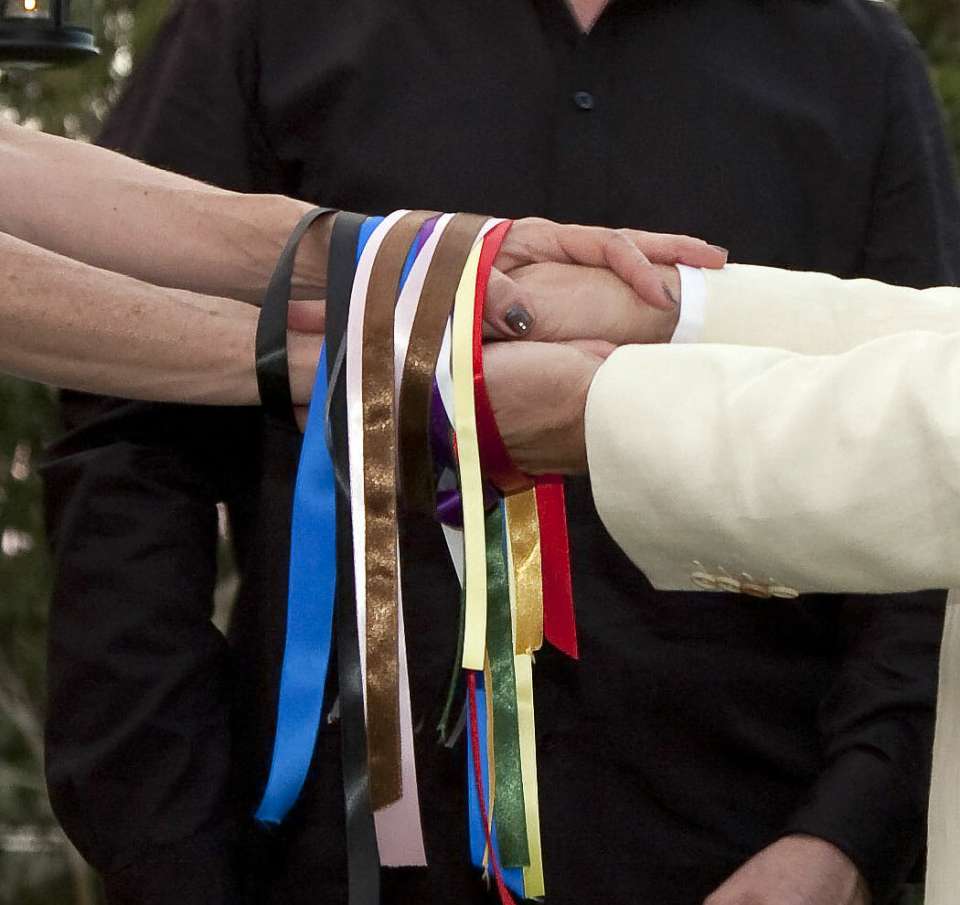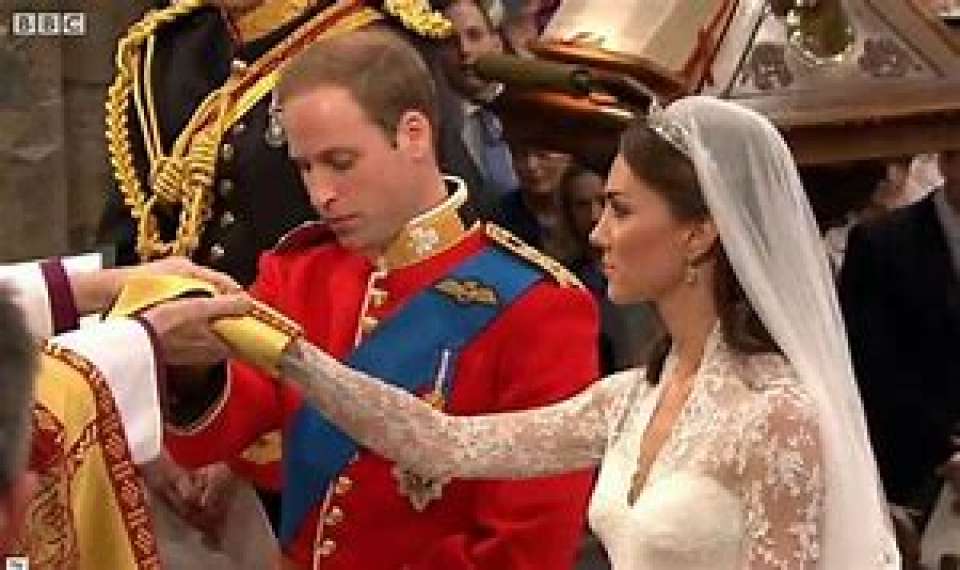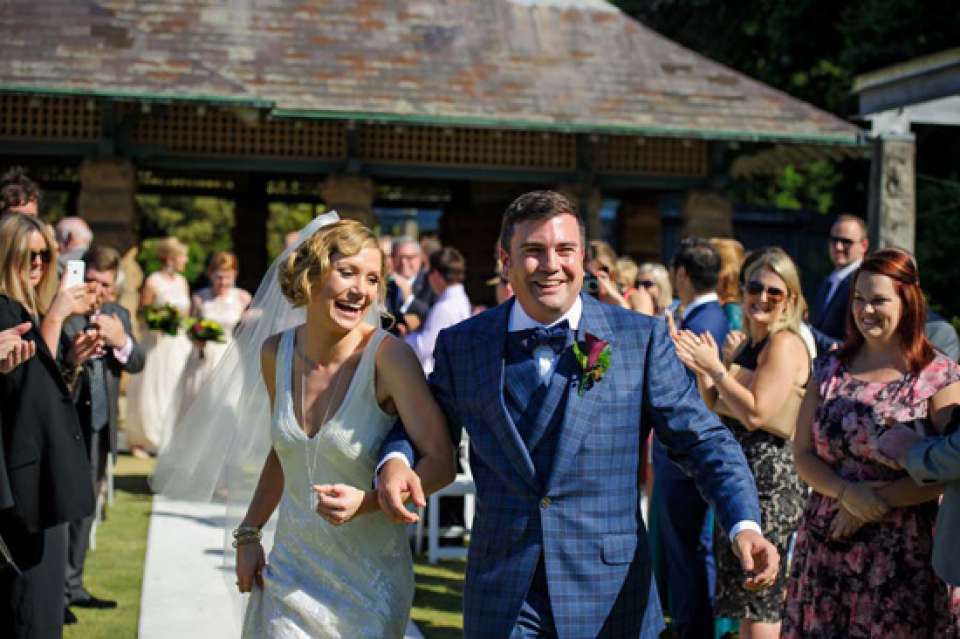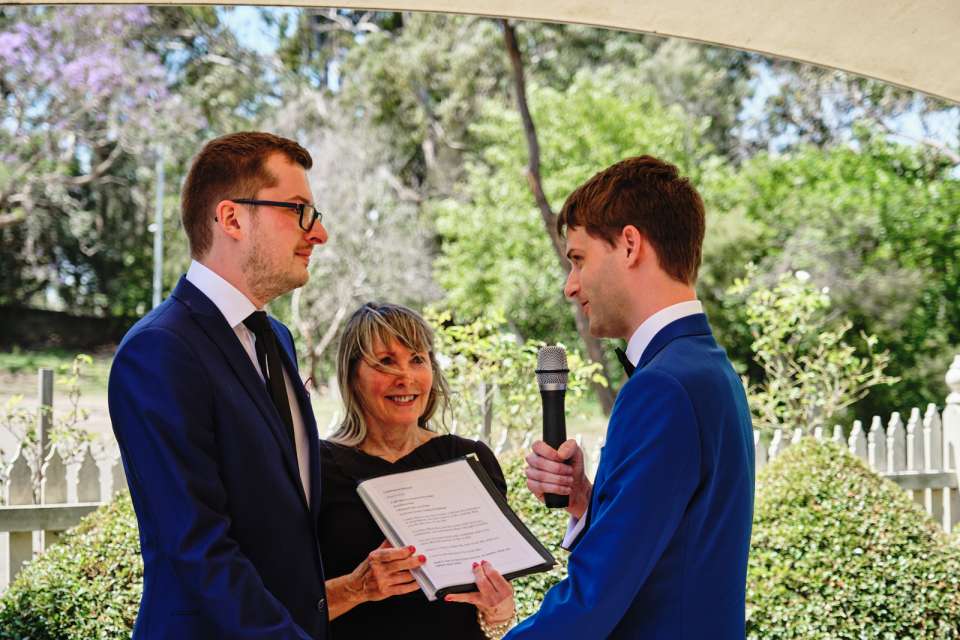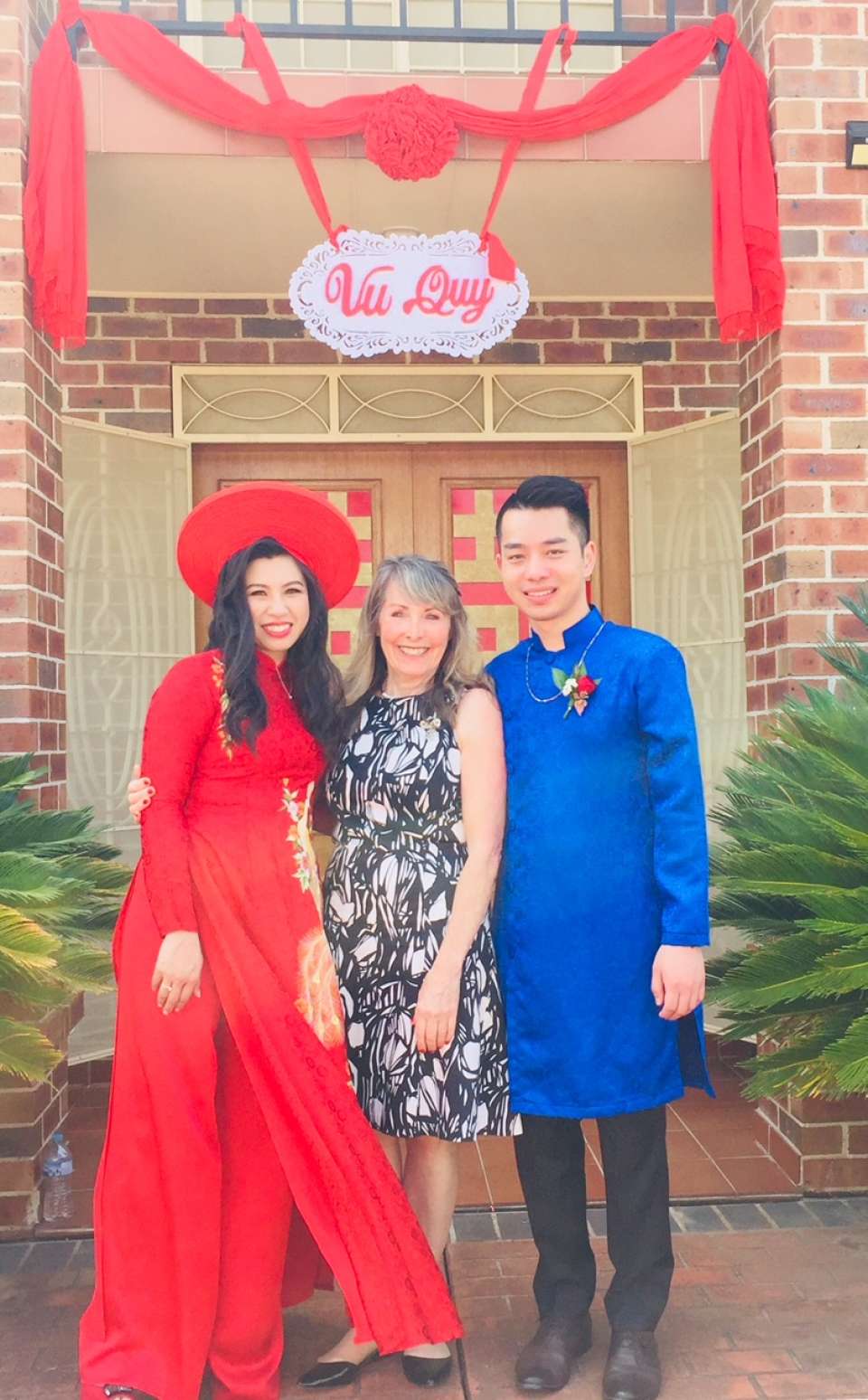Wedding Traditions & Wedding Rituals
Wedding Traditions & Rituals
Including some rituals or traditions at your wedding really helps create a beautiful ceremony and you can make it as personal as you wish!
The history behind these rituals and traditions is what you should also include in your ceremony so that guests get to know why you have chosen to do this.
Buddhist Wedding Blessings
Monk Blessing Ceremony at the Temple
A sacred blessing by Thai Buddhist Monks is the perfect way for couples seeking a once in a lifetime experience for their relationship. A blessing is an attempt to contact and share that which is good, particularly in a divine sense. One is trying to make contact with the force of goodness itself and to share this 'energy' so that it might pass on some of that energy to those present
The early morning Thai Buddhist Blessing Ceremony begins with a bow followed by prepared offerings to the Monks outside the temple at a shrine especially setup for this special day. The offerings of flowers, food and a traditional bowl of rice is required in order to receive blessings from the Monks.
• I Bow Deeply. Beginningless and endless. I bow deeply to you.
• Buddhist Wedding Prayer. Today we promise to dedicate ourselves completely to each other, with body, speech,...
• A Blessing for The Journey (Buddhist Prayer)
• Let us vow to open ourselves to the abundance of life.
May the peace of the spirit be with you,
From the day that we have here today
To the day of the end of your lives
Handfasting
This medieval custom involves binding the couple’s hands together with cords, ribbons or anything that is personal to you to symbolise their union.
Handfasting was used instead of a marriage license before weddings as we know them today were recognized as legal responsibilities of the church and state. The colours of the cords or ribbons that you use all have meanings of their own, ie red for passion and white for purity.
As the Celtic heritage had a verbal tradition for much of its history, many ceremony traditions exist today in a post-Christian adaption of old pagan symbols. In gathering these ceremony traditions we have found variations in our research as below:
This is probably the best known of the Celtic wedding traditions. It is from this wedding tradition that we gained the phrase "tying the knot". There are two primary variations of the Handfasting ceremony- the Single Ribbon and Six Ribbon Handfastings.
The Tea Ceremony
Celebrant
Today, many couples choose to show respect to both the bride and groom's families by hosting tea ceremonies for both sides.
In China, serving tea when guests arrive is a very traditional propriety. It is a significant way to show respects, therefore name/name wish to do this on their wedding day.
A tea ceremony is also meaningful in many other ways. It's a symbol of purity, stability and fertility. The purity of tea signifies the love is pure and noble; the stability of tea stands for faithful love; the fertility of tea means that the new couple will have many children.
I now ask name/name to serve tea to their parents showing both respect and gratitude for all the years of love and care.
Bell of Truce - broader Celtic
Celebrant
This is one tradition that seems to have remained largely unaltered in its pre and post Christian usage.
The sound of the bell is said to ward off any evil influence on the union, to scare away the trickster wee folk!
I now ask the Bride/Groom/Partner to each take their turn to ring the bell they should take a moment to stop and take note of how happy they are at that moment!
Bride/Groom/Partner both ring the bell!
After the ceremony the bell should be placed above the hearth in their home or a handy mantle-piece in modern homes
Whenever an argument breaks out in the future, the bell should be rung.
The sound of the bells’ ring should bring back the thoughts of happiness and love you felt on your wedding day when you first rang the bell and help bring an end to the argument - hence the Bell of Truce.
White Heather - primarily Scottish
The history of the white heather takes us back to the story of a beautiful woman, who was the daughter of a famous bard. This daughter became betrothed to a low classed clansman who went out to seek his fortune before marrying his beloved. On his journey home, now a wealthy man, highwaymen attacked him. His last act was to give a piece of heather to his kinsman as a token to his beloved. On receiving the heather and hearing of her beloved’s death, the bard’s daughter lay down in the field and wept. The sorrow of her tears bleached the heather from purple to white and she then blessed the heather so that no other lovers should share her sorrow. Wearing the white heather to your wedding ceremony represents your acceptance of her blessing upon you.
Breaking the Glass
In Jewish tradition, the groom/partner breaks the glass to conclude the ceremony.
This symbolic act has many meanings, but the one Bride/Groom/Partner like most is it represents capturing this moment in time forever.
Groom/Partner wraps the glass in a napkin and breaks the glass under his foot and all the guests shout
‘Mazel Tov!’
Tradition says that the couple will remain married for as long as the glass is shattered. Some couples also do this in remembrance of the Jerusalem Temple's destruction.
Who is walking you down the isle?
Father walks his daughter down the isle
Mother and father both walk the bride down the aisle together.
Walking down solo.
A couple walking down the aisle together.
The bride walks half-way down the aisle with the step-father, halfway with the biological father.
Step-father and biological father walk the bride down together.
Brother walks the bride down the aisle.
